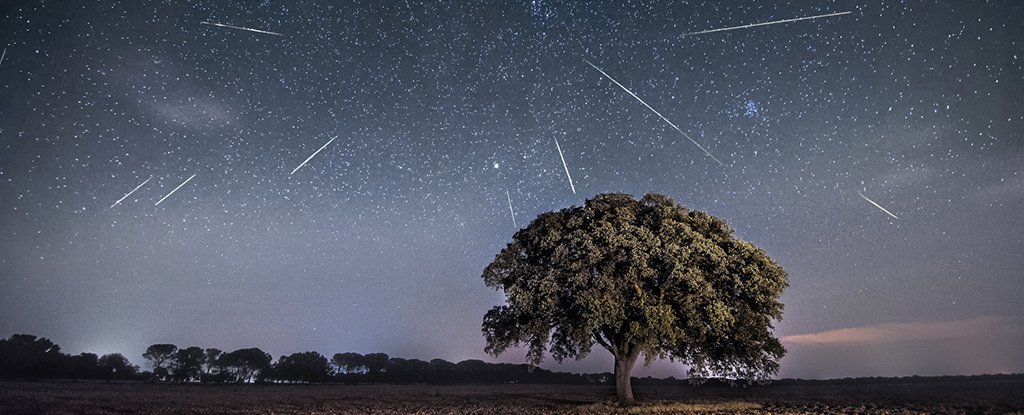Eta Aquariid Meteor Shower

- 04 May 2024
Why is it in the News?
The Eta Aquariid meteor shower, which has been active since April 15, will peak on May 4 and 5.
About Eta Aquariid Meteor Shower:
- The Eta Aquariids are a meteor shower associated with Halley's Comet.
- The shower is visible from about April 19 to about May 28 each year with peak activity on or around May 5.
- It is formed when Earth passes through the orbital plane of the famous Halley’s Comet, which takes about 76 years to orbit the Sun once.
- It seems to be originating from the Aquarius constellation, hence ‘Eta Aquariid’.
- The Eta Aquariid meteor shower is known for its rapid speed.
- This makes for long, glowing tails which can last up to several minutes.
- About 30 to 40 Eta Aquarid meteors can be seen per hour during the peak of the meteor shower if observed from the Southern Hemisphere.
- The number decreases to about 10 meteors per hour if being viewed in the Northern Hemisphere.
- This is due to the location of the “radiant” — the position in the sky where the meteor shower seems to come from.
- In the Northern Hemisphere, Eta Aquarid meteors most often appear as ‘Earthgrazers’ long meteors that appear to skim the surface of the Earth.
- In the South, however, they can be seen higher up in the sky and hence are more visible.
What are Comets?
- Comets are frozen leftovers from the formation of our solar system, some 4.6 billion years ago.
- They are composed of dust, rock and ice and orbit around the Sun in highly elliptical orbits which can, in some cases, take hundreds of thousands of years to complete.
- Billions of them are theorised to be orbiting the Sun beyond Neptune, in the Kuiper Belt and even more distant Oort cloud.
- Comets come in different sizes, although most are roughly 10 km wide.
- However, as they come closer to the Sun, comets “heat up and spew gases and dust into a glowing head that can be larger than a planet.
- This material also forms a tail that stretches millions of miles.
How are Meteor Showers Related to Comets?
- Meteors are simply grains of dust or rock that burn up as they enter the Earth’s atmosphere.
- This burning also creates a brief tail.
- Since most meteors are tiny they completely burn up in Earth’s atmosphere. However, once in a while, a large enough meteor passes through and hits the ground (at which time it is called a meteorite), often causing significant damage.
- A meteor shower can be observed when Earth passes through the clouds of dust left behind in a comet’s orbital plane.
- The sky lights up with small and large meteor tails as the debris left behind by the comet interacts with Earth’s atmosphere.
